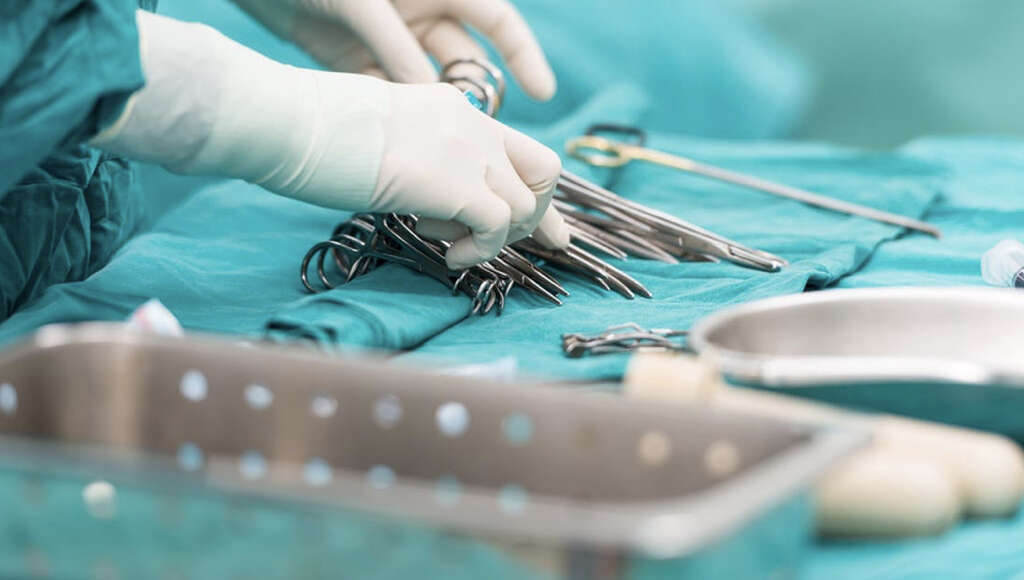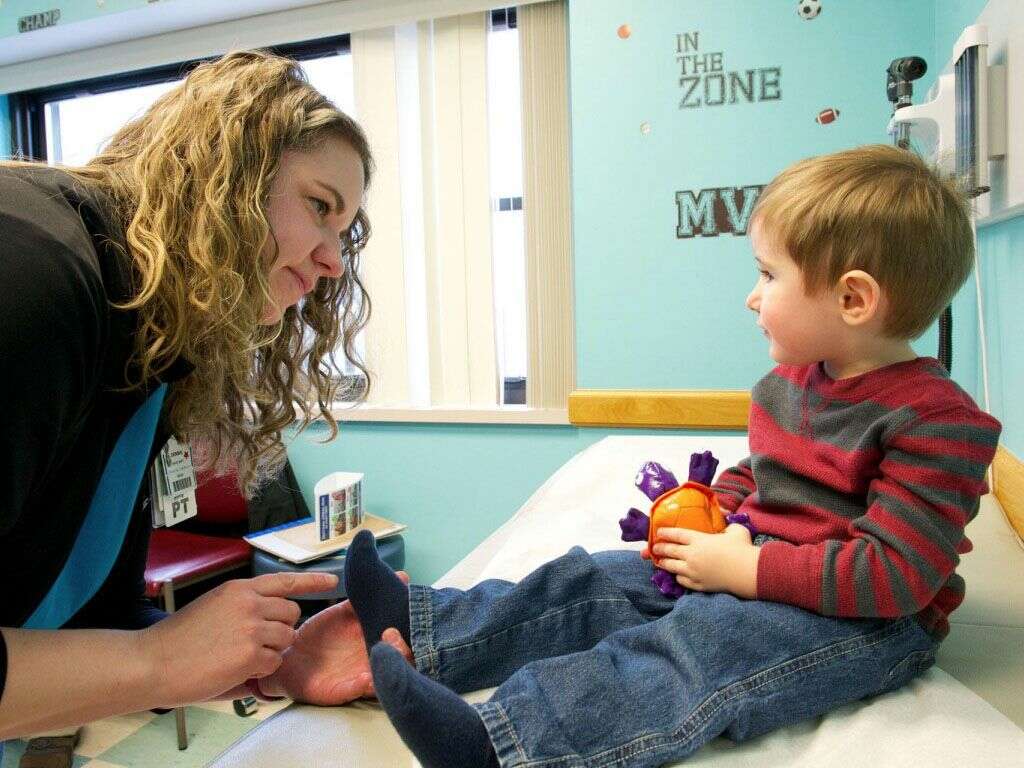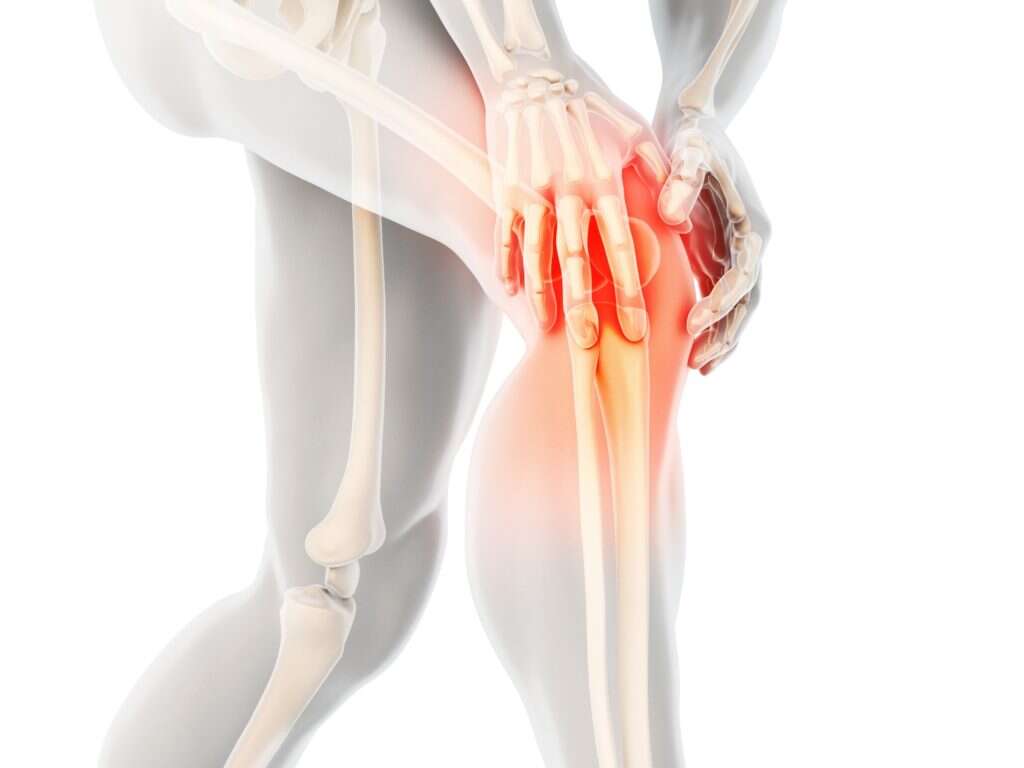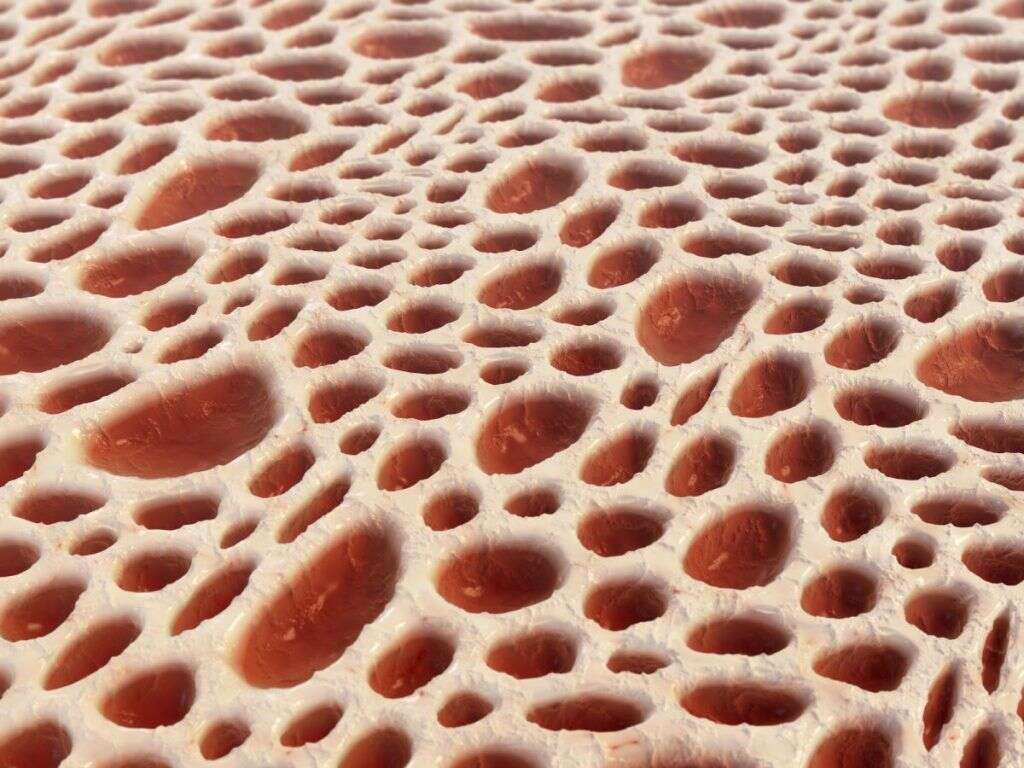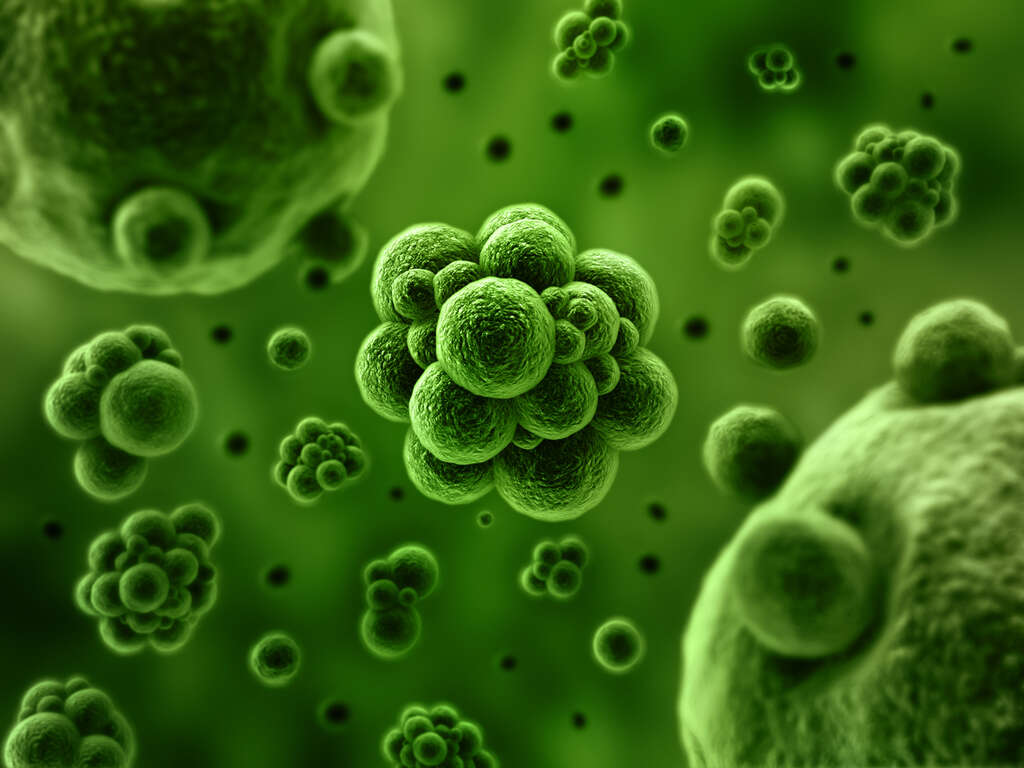What Is Bone Cancer?
Cancer is a terrible disease that can affect people from all walks of life, and from all age groups. It is a disease that has ravaged mankind for as long as we can remember, and being diagnosed with cancer used to be a sure sign of an early death. While some types are still extremely difficult to treat and likely to be fatal, others are treatable, or even curable.
Our bones can be affected by cancer just as any other part of our body can, although they are among the least likely body parts to be affected. Here’s a closer look at what bond cancer is, the impact it can have on somebody’s life, and what can be done about it.

1. Bone Cancer
Bone cancer is thankfully rare and accounts for only around 1% of all types of cancer. It can be found in any part of the body but it is usually found in our long bones like our legs and arms. It is also often found in the pelvis. In order for a condition to be labeled as bone cancer, it must have started in the patient’s bone.
Bone cancer can affect people of all ages, but some types are more likely to affect people in different age groups. Treatment is sometimes available depending on the nature of the condition, and getting treatment early on in the progress of the disease will make treatment easier and more effective.

2. Causes
The cells in our bodies have a limited life time. When they come to the end of their life, old cells simply die out and are then processed by our body. Sometimes, however, these old cells will not die out and will instead start to form new cells. This is what is known as a tumor, and some tumors will be cancerous.
The majority of tumors are benign, which means that they will not spread to other parts of the body. Some tumors will become malignant, however, which means that they will begin to spread, and this is known as cancer. This can happen in pretty much any part of our bodies, and this includes our bones.
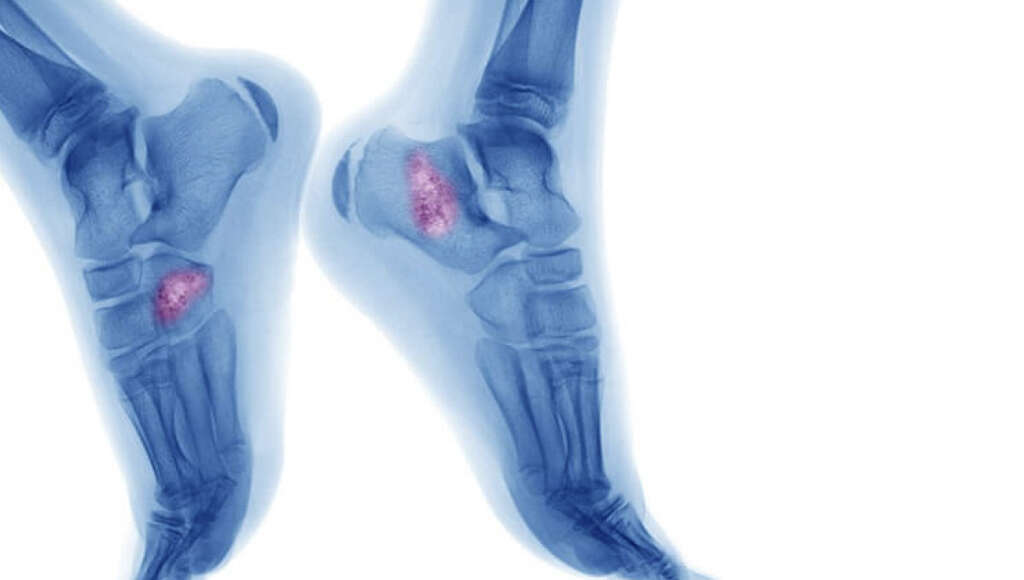
3. Ewing Sarcoma
Bone cancers can be broken down into 3 main categories, one of which is Ewing sarcoma. It is rare, and it tends to be found in young adults and in children. This type of cancer will usually begin developing in the pelvis or legs but it will also sometimes start elsewhere in the body.
Ewing sarcoma will often spread to other bones. In some cases, it can even spread to the patient’s lungs. Treatment of the condition is improving and the prognosis is now better than ever before. Indeed, the condition can be cured in about 70% of children, provided the disease has been diagnosed fairly quickly.
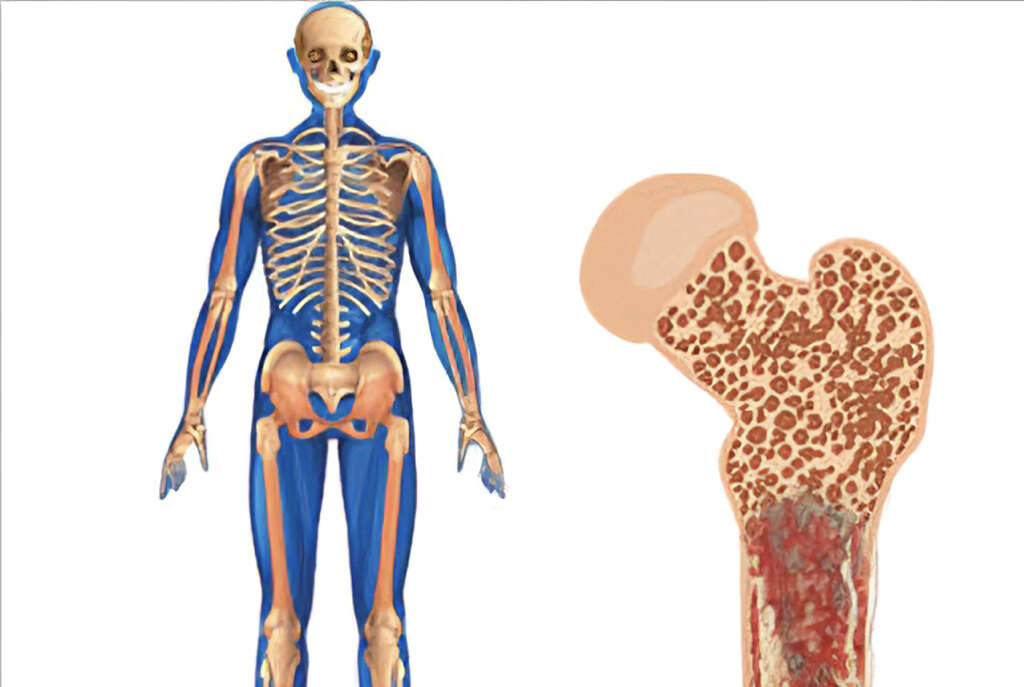
4. Chondrosarcoma
Chondrosarcoma is a type of bone cancer that is usually found in the hip, shoulder, and pelvis, although it will also be found elsewhere. In this type of cancer, the cells that produce cartilage are affected. Cartilage is a type of soft bone that tends to be found in our joints. Some varieties of this cancer are more aggressive than others.
Chondrosarcoma is usually found in adults who are middle-aged or older. It is often not known what causes this type of cancer, although cartilage lesions, known as enchondromas, can sometimes be the cause. The condition can be cured in many cases, but this will depend on the details of the specific case.
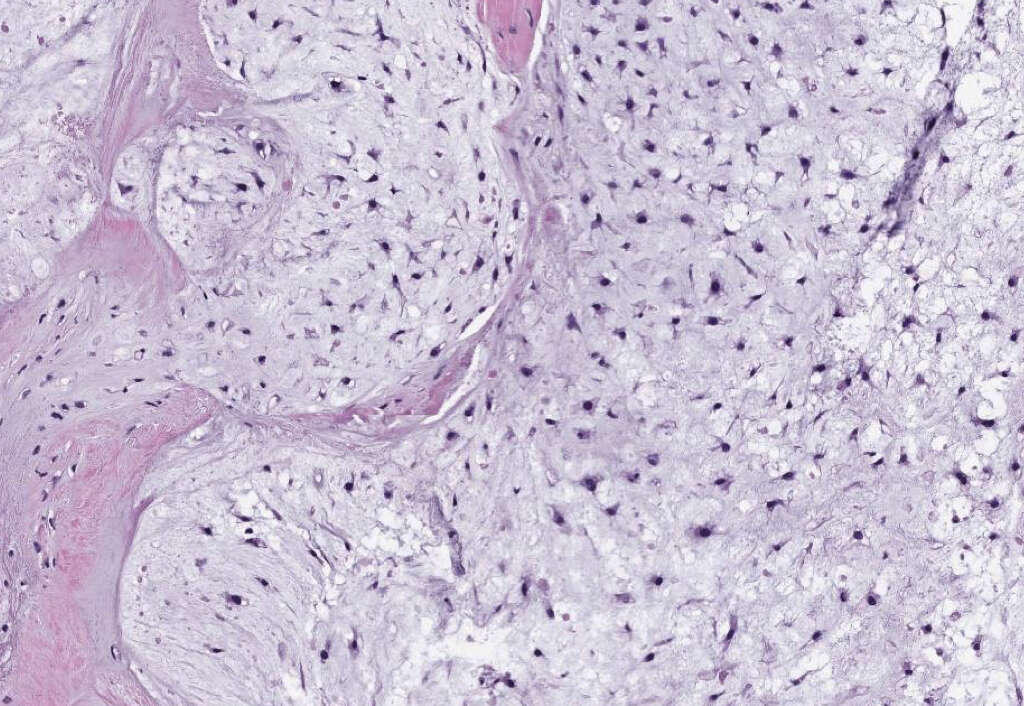
5. Osteosarcoma
Osteosarcoma is usually found at the end of our long bones; usually at the knee. It is a disease that is usually found in young adults and children and is the most common form of all bone cancers. The condition typically causes more bone material to be produced than usual. It will also sometimes happen in soft tissues, although this is rare.
How aggressive osteosarcoma is will depend largely on the patient’s age. It tends to be more aggressive in children, and less aggressive in adults. Around 77% of people diagnosed with the disease can expect to live beyond 5 years.

6. Symptoms
Bonce cancer can cause a variety of rather unwelcome symptoms, and this can include pain in the bones. It is often the pain that encourages the patient to see a doctor in the first place. Bone cancer will also often cause the area to become tender to the touch, while the area can also become swollen.
Bone cancer is also likely to cause the patient to lose a considerable amount of weight, and this alone can be very bad for the patient’s overall health. The patient will also often feel very fatigued much of the time. Their bones can also become weaker, and this will increase the likelihood of fractures.

7. Risk Factors
As mentioned, some types of bone cancer are more or less likely to affect people according to how old they are. However, there are some other factors that can make a person more or less likely to develop the disease. One these is having another disease that is known as Paget’s disease of bone.
Some people will be born with genetic conditions that will make then more prone to developing bone cancer. These include hereditary retinoblastoma, and Li-Fraumeni syndrome. If the patient undergoes radiation therapy for another type of cancer then their risk of developing bone cancer will also be increased.

8. Diagnosis
Your doctor will need to ask you about your symptoms, and about your medical history. They may also wish to perform tests that will help them confirm the condition, and this will typically include imaging tests. Equipment like x-rays and MRIs will need to be used that will often give away the presence of cancerous tissues.
In some cases, a sample of the affected tissue will also need to be taken. This will sometimes mean surgery that will allow access to the affected area. In some cases it may be possible to use a needle to extract a sample without the need for surgery.

9. Chemotherapy
Chemotherapy is one of the most common treatments for cancer in general. It involves the use of medication that helps to kill cancerous cells and it is usually administered intravenously. While it can be effective for Ewing sarcoma and osteosarcoma, however, this treatment tends not to be effective for chondrosarcoma.
Another potential treatment for bone cancer is radiation therapy, which is often used in combination with chemotherapy. Radiation therapy involves using machines that direct energy through the affected area, helping to destroy cancerous cells, hopefully shrinking the tumor. There are risks involved in using radiation therapy so it tends to be used as sparingly as possible.

10. Surgery
Another potential treatment for bone cancer is surgery. In some cases, this will mean amputating an affected limb to help completely remove the cancer. This will only be effective if the cancer has not already spread to another part of the body, however. The development of new techniques and technologies means that the need for amputation is becoming less likely.
Some surgical procedures will focus on removing the tumor without amputating the affected limb. Any bone that is removed can be replaced with artificial materials, or by a bone graft taken from elsewhere in the patient’s body. Some ‘healthy’ tissue surrounding the bone may also be removed to be sure all cancerous cells have been removed.
